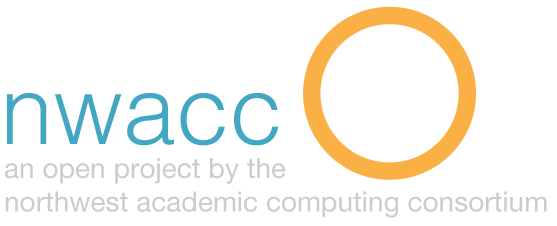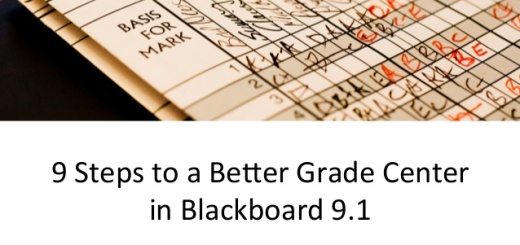Backward Design
Description
Backward design is a course development method that starts with the end in mind and promotes organization and active assessment. Instead of the traditional method of designing a course around content or textbooks, ask: what should students be able to do after completing the course?
Purpose
This process helps design a course based on course goals (competencies that students need to develop) instead of around the content.
Procedure/How-to
- List your main 5-6 learning outcomes. Make sure they are specific, measurable, performance-based learning goals. Ask: What will students need to be able to DO after completing this course? Make sure there are descriptors like effectively or accurately that define mastery of each outcome.
- For each outcome, determine an activity or experience (and what students will deliver) to demonstrate their mastery of the content. Make sure these activities are relevant, useful, real-world assessments.
- Break down each major learning outcome and activity into logical order, with sub-tasks and learning goals. Again, start with the learning activities first, because these will dictate the supporting content needed. Determine what should come first, second, or third as students build knowledge and skill contributing to the major learning outcomes. Continue this process for each of your main learning outcomes.
- Double-check: Make sure the activities reflect the kind of critical thinking and enduring knowledge and skill that you want at the heart of your course. Consider having a peer review of the outline and design at this point to ensure a solid foundation.
Considerations
Working backwards from goals rather than starting with content or a textbook can be challenging.
Retooling an existing course using this method may require removing some extraneous content.
Level
- Beginner


